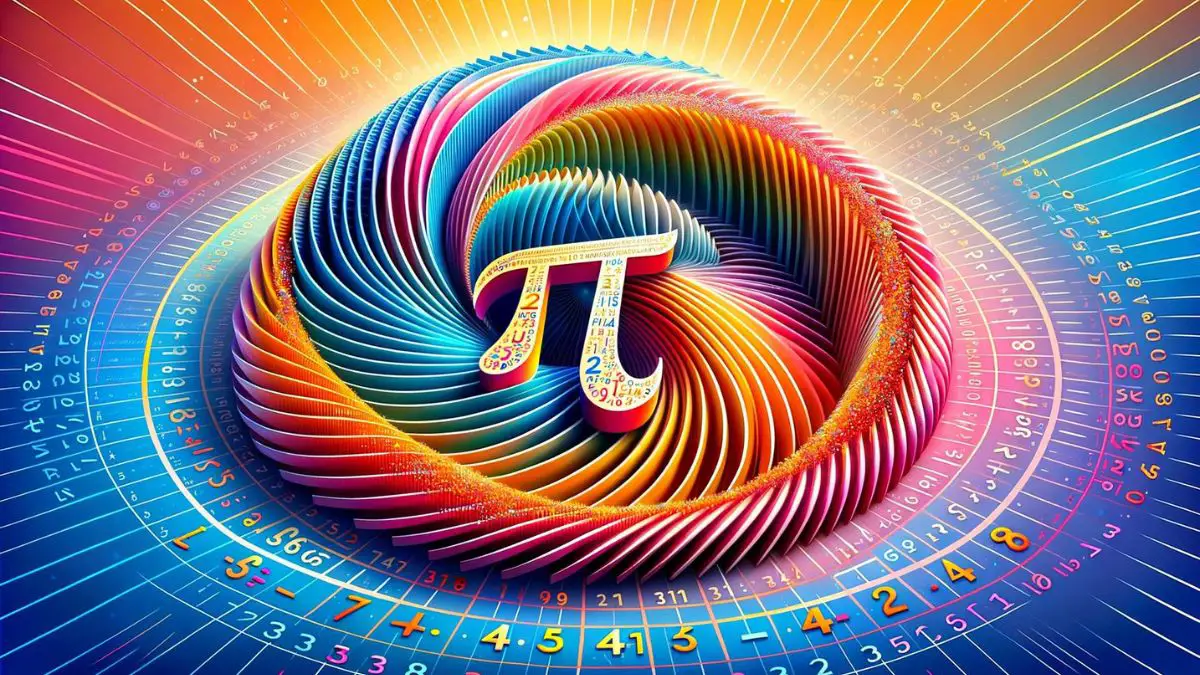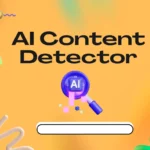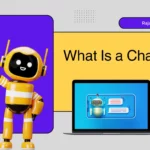Ever wondered how a simple number like Pi can be the secret sauce in NASA’s cosmic kitchen? Well, it’s not just about memorizing digits or reciting them faster than your friends. Pi is the key ingredient in a recipe that helps us understand the universe.
Pi is everywhere in space exploration, from plotting the perfect trajectory to land a rover on Mars, to ensuring satellites orbit Earth just right. Here’s a taste of the Pi-flavored challenges you might encounter:
- Calculating the circumference of celestial bodies.
- Determining the area of solar panels needed to power spacecraft.
- Crunching numbers to figure out the best path for interplanetary travel.
So, grab your thinking cap and a slice of your favorite pie, because NASA’s Pi Day 2024 challenge is your chance to play with Pi in ways that are out of this world!
Contents
The Real-World Riddles Awaiting Your Solutions
Ready to channel your inner space detective? NASA’s Pi Day 2024 challenge is a smorgasbord of brain-teasers that will have you unraveling the mysteries of the universe, one slice of pi at a time. From the depths of oceanic calculations to the far reaches of Martian maneuvers, each riddle is a chance to prove your problem-solving prowess.
Here’s a taste of the cosmic conundrums you’ll encounter:
- Receiver Riddle: Can you tune in to the universe’s whispers?
- Daring Deflection: Are you ready to protect Earth from celestial threats?
- Orbit Observation: How well can you track cosmic dances?
- Moon Mappers: Do you have what it takes to chart our lunar companion?
And that’s just the beginning. With new challenges like ‘Tubular Tally’ and ‘Metal Math’, along with returning favorites like ‘Eclipsing Enigma’ and ‘Solar Sleuth’, there’s a puzzle for every aspiring astronaut or armchair astronomer. So grab your calculators, and let’s get solving! Remember, the official answers will be revealed the day after Pi Day, so you have a full 24 hours to join the ranks of NASA’s problem solvers. Share your journey using #NASAPiDayChallenge and let’s make this Pi Day one for the history books!
From Classroom to Cosmos: Educational Spin on Pi Day
Pi Day isn’t just about indulging in a slice of pie; it’s a chance to turn the classroom into a mini NASA mission control. The 2024 NASA Pi Day Challenge invites students to apply their math skills to real-world space conundrums, just like NASA scientists and engineers. By tackling problems from ongoing and future missions, students get a taste of the excitement and complexity of space exploration.
Here’s how to bring the challenge to life in your classroom:
- Start by exploring the ‘Pi in the Sky 11’ lesson page, which is packed with resources tailored for the challenge.
- Dive into the 40 puzzlers from previous challenges to warm up those problem-solving muscles.
- Encourage students to read about the myriad ways NASA employs pi, highlighting the significance of mathematics in STEM fields.
Whether it’s calculating the trajectory of an asteroid or figuring out the optimal angle for a satellite dish, the NASA Pi Day Challenge makes math an adventure. It’s a unique opportunity for students to leap from the pages of their textbooks and into the vastness of space, all while celebrating the infinite possibilities of pi.
The Science and Significance of Pi in Space Exploration

Unraveling the Mysteries of Pi
At the heart of every circle and sphere, there lies the enigmatic number known as pi. This mathematical constant, approximately 3.14159, stretches into infinity without repetition, a concept that can be as mind-boggling as the cosmos itself. It’s not just a theoretical muse; pi is a workhorse in the toolkit of NASA scientists and engineers, helping them to navigate the vastness of space.
Here’s how you can get a grip on this slippery number:
- Remember, pi is irrational, meaning it’s a never-ending, non-repeating decimal.
- It’s been studied for millennia, proving to be a fundamental piece of the mathematical puzzle.
- To keep it handy, use mnemonics like ‘how I wish I could remember Pi’—each word’s letter count represents a digit of pi.
By diving into NASA’s Pi Day Challenge, you’re not just solving puzzles; you’re stepping into a tradition of inquiry that dates back thousands of years. You’re connecting with a community that finds joy in the ‘fun’ in fundamental math, as Pi Day beautifully blends educational value with cultural significance.
How NASA Puts Pi to Work
When it comes to space exploration, pi is a real superstar at NASA. It’s not just about circles and spheres; pi is the secret sauce in a variety of cosmic recipes. For instance, pi is crucial when mapping the Moon’s surface or sizing up potential landing sites on Mars. It’s also the key to understanding Earth’s ever-changing landscape and ensuring spacecraft can communicate across the vast emptiness of space with laser-coded messages.
- Pi helps calculate the orbits of asteroids, keeping an eye on any space rock that might come too close for comfort.
- Engineers rely on pi for designing spacecraft components, ensuring that everything from antennas to engines is perfectly proportioned.
- Even beyond our atmosphere, pi is used to determine the volume of celestial bodies, helping us grasp the size of planets and the depth of alien oceans.
So, while you might associate pi with that math class you took way back when, remember that it’s also helping NASA scientists and engineers chart a course through the stars. And who knows? The next time you bite into a pie, you might just find yourself pondering the vastness of space and the endless possibilities that pi brings to the table.
The Answers Unveiled: Post-Challenge Revelations
Once the puzzles are pieced together and the Pi Day Challenge comes to a close, the anticipation for the solutions reaches its peak. On March 15, the veil is lifted, and all the answers are laid bare for the world to see. Here’s what you can expect:
- A detailed breakdown of the science and engineering behind each problem.
- An illustrated answer key to visually guide you through the solutions.
- A chance to compare your answers with NASA’s official solutions and see how you stacked up.
Whether you’re a student, educator, or just a space enthusiast, the post-challenge revelations are a fantastic opportunity to deepen your understanding of how NASA uses pi in its missions. Don’t forget to share your experience using #NASAPiDayChallenge on social media platforms like X, Facebook, Instagram, and LinkedIn!






